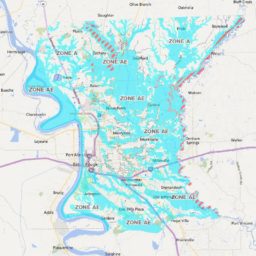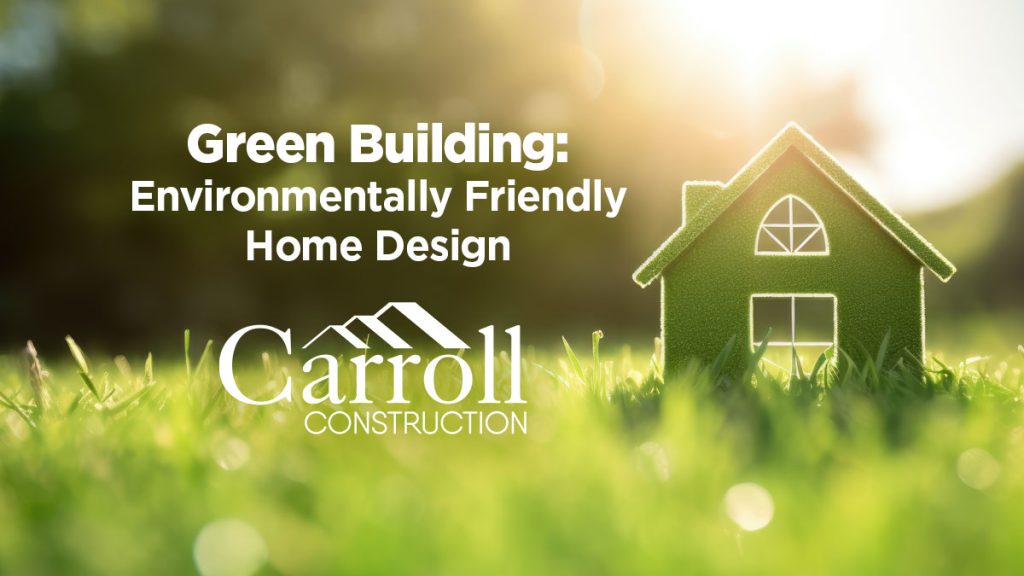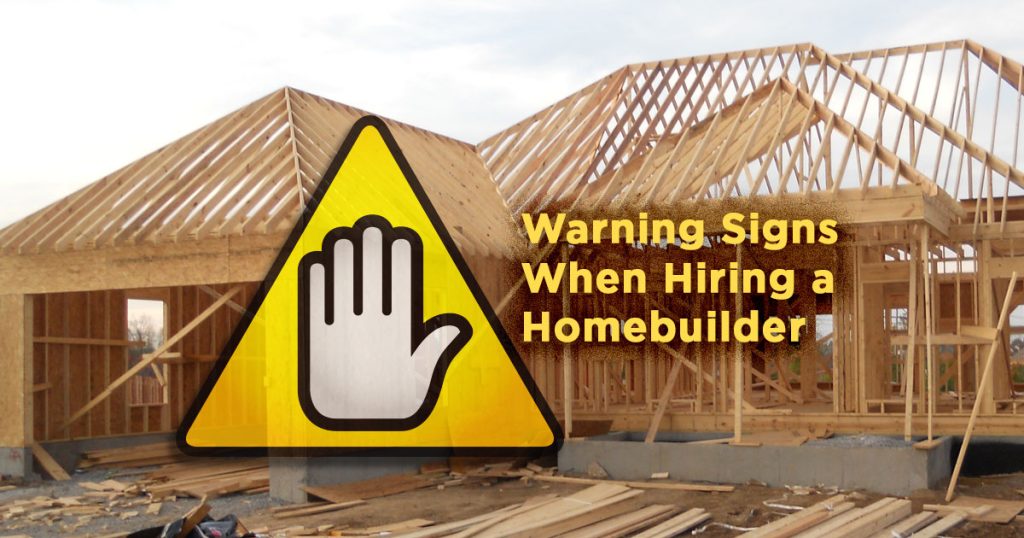Here in Louisiana, it's quite common to build a in a flood zone.
 Although there are certain risks to building a new home inside a flood zone, most of those risks can be mitigated. The first step is to visit the Louisiana Floodmaps resource site and enter the address of your property (or a nearby address) to determine if your new house will be in a flood zone. While this tool is helpful, it does not replace the accuracy of a survey, so we encourage clients to ALWAYS order a proposed elevation for a property before purchasing.
Although there are certain risks to building a new home inside a flood zone, most of those risks can be mitigated. The first step is to visit the Louisiana Floodmaps resource site and enter the address of your property (or a nearby address) to determine if your new house will be in a flood zone. While this tool is helpful, it does not replace the accuracy of a survey, so we encourage clients to ALWAYS order a proposed elevation for a property before purchasing.
If the survey determines the land you've picked out is in a flood zone, rest assured you will be required to buy flood insurance. The typical flood insurance policy costs about $700 per year, but that average cost can vary. Another effective way to reduce the risk of flooding is to build up the ground above the 100 year Base Flood Elevation (BFE) prior to construction.
Due to the devastating flooding in the Greater Baton Rouge area in 2016, there has been a delay in publishing the BFE for many areas on the resource sites. Moreover, FEMA updates their flood maps approximately every 4 years so it is likely that the BFE for most property is not the same as it was a few years ago. This survey should generate a FEMA-approved proposed elevation certificate, and often the surveyor will even place a nail or a tree or utility pole to mark the referenced elevation. Request a Flood Hazard Determination Review From FEMA
It is important to note that you should NOT rely on the selling agent or landowner's information unless a survey to determine the proposed elevation has been completed within the last 8 months. Even if the survey has been completed within the last 8 months, it is important to verify the FEMA flood maps have not been revised within that period.
If the natural ground is above the Base Flood Elevation but the property is listed in a Special Flood Hazard Zone, then a Letter of Map Amendment (LOMA) may be obtained as an option to eliminate the flood insurance requirement. If "fill" is necessary to raise the ground up, then a Letter of Map Revision based on Fill (LOMR-F) would need to be obtained. More information on permits and requirements are available at the FEMA website.
Steven Darmofal provides an excellent resource for information on all Flood-related surveys and processes can be found here.
Carroll Construction pays especially close attention to these certificates and BFE data so that we can make the best recommendation on how high to build up the ground and what that cost would be. Due to the time it takes for FEMA to respond to LOMA requests - up to 90 days after a request is made - the timeline for construction to begin may need to be adjusted.







